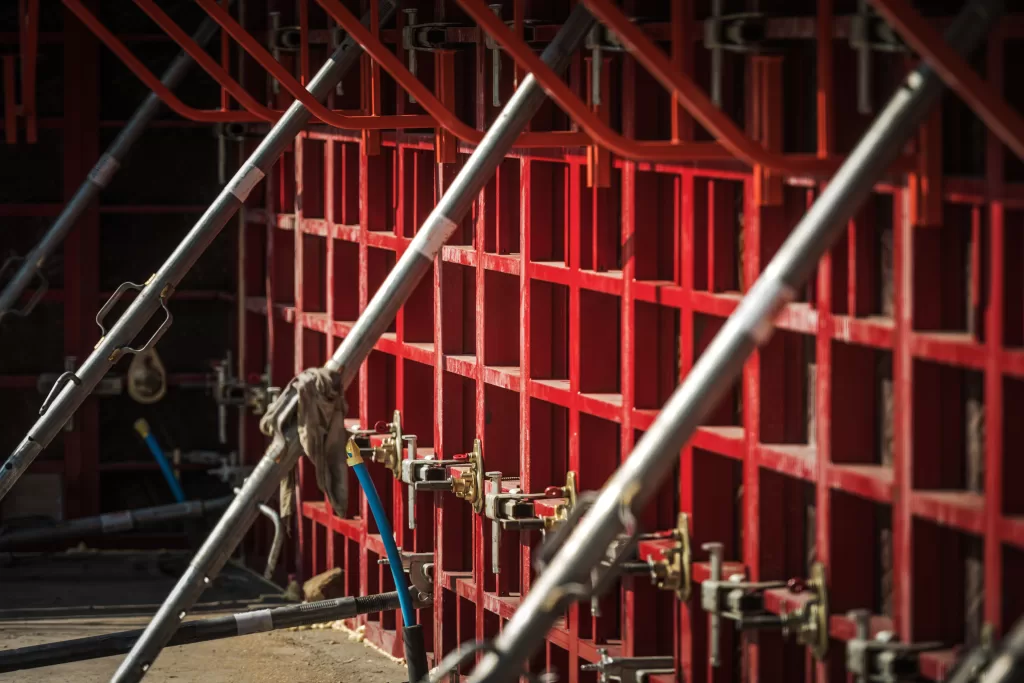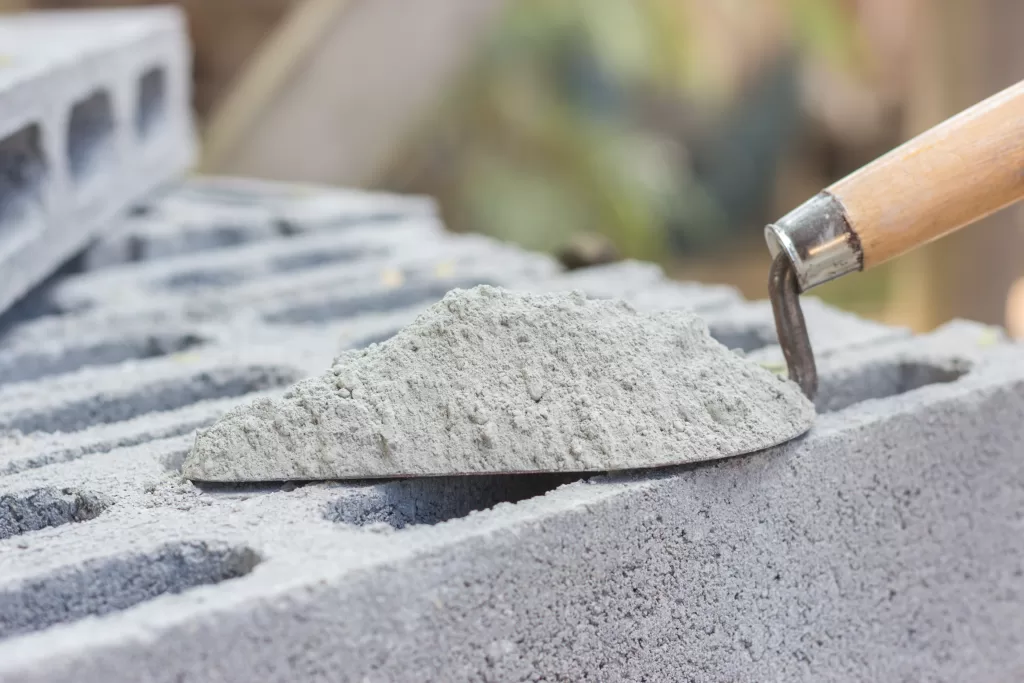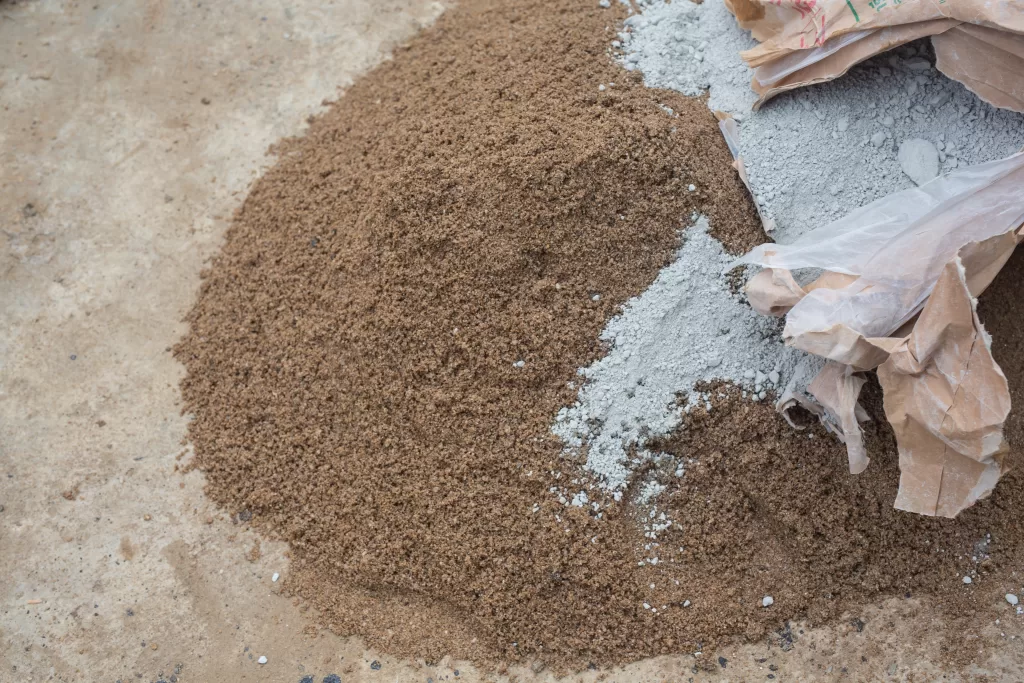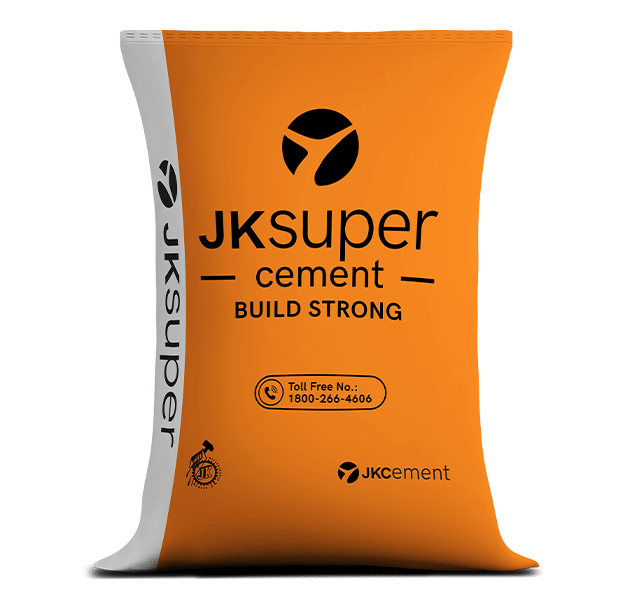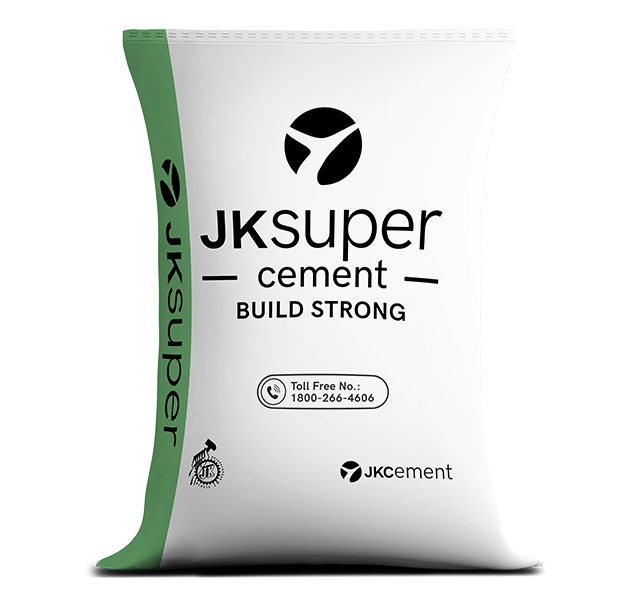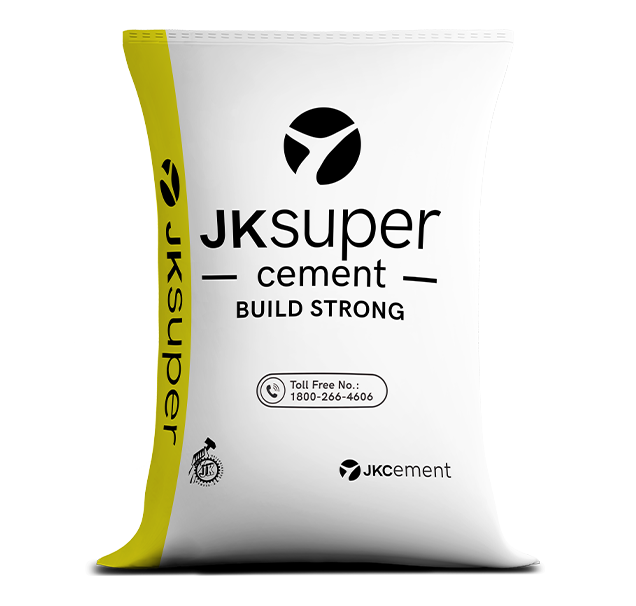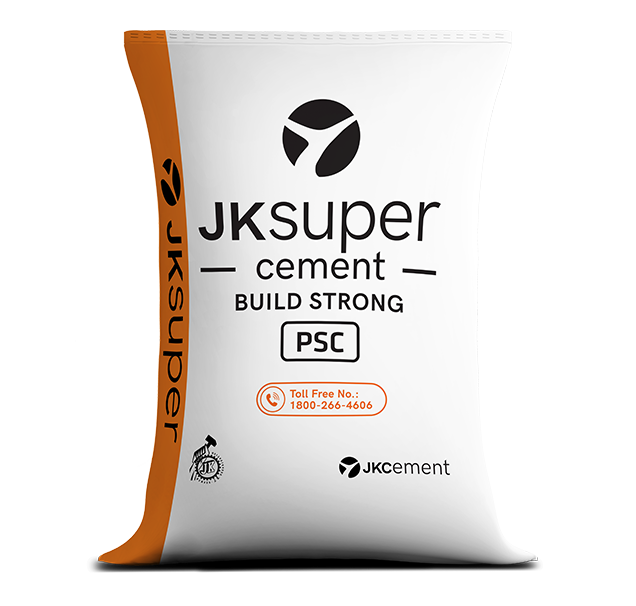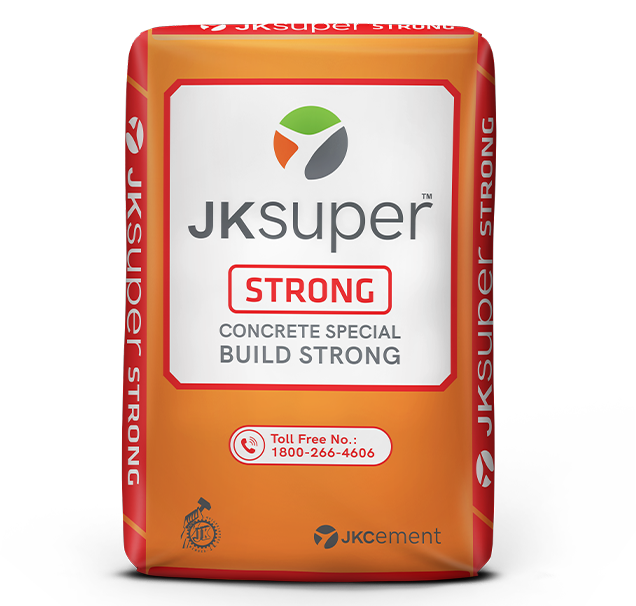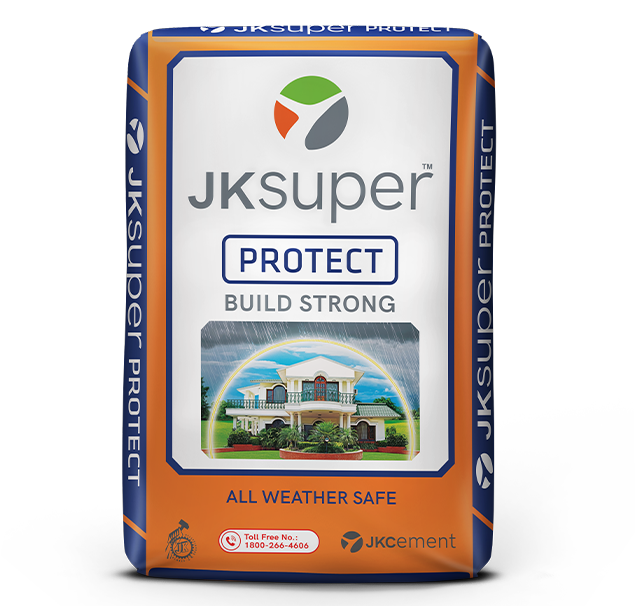Almost all construction works make use of concrete. It is a mixture comprising cement, sand, gravel or crushed rock and water. This mixture is poured into a mould so that the concrete forms the desired shape when it dries. When concrete dries, it hardens and it has incredible strength, which is vital in high-rise buildings, foundations, slabs, etc. The process of forming a mould to support the concrete until it dries is termed shuttering. Keep reading on to learn more about the meaning of shuttering in construction, the types and a few things to consider.
What is Shuttering in Building Construction?
Shuttering, also known as formwork, is a process of providing support to wet concrete until it sets and attains adequate strength to carry its self-weight. Essentially, the process involves creating temporary moulds of wood or steel in which the concrete will be poured. Once the concrete sets and hardens, the formwork may be removed. This formwork must be strong to support the wet concrete’s weight. Different structural elements require different types of shuttering.
Why is Shuttering in Construction Important?
Appropriate formwork is necessary to ensure the accurate size of the structure, its strength and surface finish. Reinforced concrete structures or structural components like foundations, columns, beams, hydraulic structures, bridges, etc., require formwork. Formwork can also help create specific shapes and sizes to meet design requirements. When done right, formwork can help minimise cracks or other defects on the concrete surface. Formwork also ensures that the final concrete structure is able to support various loads.
Types of Shuttering In Construction
Depending on the material used, shuttering can be of the following types:
Steel Shuttering
Steel shuttering or formwork is typically used in large construction projects. Steel formwork is relatively strong and comprises panels of thin steel plates connected by small steel angles at the edges. Clamps, bolts and nuts are used to secure the panels. This type of formwork is also ideal for curved structures like tanks, sewers, tunnels, chimneys, etc. Steel shuttering is easy to assemble and can be reused multiple times. It provides a smooth and levelled concrete surface. It can help prevent moisture from collecting on the concrete surface as well.
Timber Shuttering
Timber shuttering is lightweight and easy to install. Timber can be formed into various shapes, allowing for concrete structures of various shapes and sizes. Timber formworks tend to be low-cost and are built on-site. While they can be used in larger projects, timber formworks are common in small-scale projects. This formwork type is secured by props, plank battens, ledgers and sheets. Note that timber has a shorter lifespan and therefore, should be reused with appropriate considerations. The timber should be well-seasoned, free of loose knots and easy to nail without the wood splitting.
Plywood Shuttering
For plywood shuttering, sheets of water-resistant plywood are attached to wooden frameworks to form the desired mould shape and size. It is commonly used in sheathing, decking and form-lining work. Instead of large planks of wood, large panels of plywood are used to support concrete. Densified plywood, i.e., plywood made by compressing multiple core veneer layers, with a smooth film on both sides may be used. Plywood shuttering also allows for a smooth concrete finish. Its inherent stiffness provides minimal deflection when concrete is poured into the formwork. Plywood formwork is highly durable and can be reused multiple times.
Plastic Shuttering
In this type of shuttering, plastic panels are used as formwork. The formwork is labour-friendly; it is lightweight and easy to install and dismantle. Typically, they can be reused more than 100 times. Plastic shuttering is ideal for plain concrete structures. These formworks are prefabricated and hence, may not be as flexible as plywood or timber shuttering. Also, once the plastic formworks are removed, they are easy to clean. It provides a smooth and glossy finish to the concrete surface which can minimise the need for plastering.
Tunnel Shuttering
Tunnel shuttering is a formwork system that facilitates the casting of walls and slabs in one operation. The tunnel form is typically a box-sized steel fabricated form. This type of formwork is suitable for mass housing projects such as hotels, hostels, commercial developments, etc. Factory-made tunnel formwork can be reused up to 500-600 times. Tunnel shuttering reduces the number of joints and improves water tightness. It can also help reduce labour costs and overall construction time. It helps create efficient load-bearing structures that can be resistant to seismic activities.
Fabric Shuttering
Fabric formwork is a process of employing geotextile fabrics as formwork instead of conventional wood and steel formwork. This type of formwork is relatively flexible and can provide different shapes. Geotextile fabrics can support the hydraulic pressure of wet concrete. It helps achieve complex concrete shapes with less concrete and reinforcement. Woven polyethylene fabrics and woven polypropylene fabrics are typically used in such type of formwork. They are highly flexible and lightweight.
Things to Consider
The following are a few important points to remember when it comes to shuttering in construction:
-
- The formwork should be installed in a way that it’s easy to dismantle, without causing any damage to the concrete.
-
- Ensure that there are no gaps in formwork which can potentially cause the concrete to leak. Also, the joints of the formworks must be airtight to prevent grout from escaping during the vibration process.
-
- Wooden plugs may be placed in the formwork for electrical fittings while clamps may be placed for hanging ceiling fans.
-
- Mould-releasing oil must be applied to formwork surfaces to prevent concrete from sticking to the formwork.
-
- The formwork should be stiff enough to endure the weight of the wet concrete without bending or deflecting.
-
- Formwork should be removed only after the concrete is completely set.
-
- Shuttering must be kept for a minimum of 24 hours.
-
- Shuttering materials should be as light as possible and should not warp when exposed to atmospheric elements.
-
- The materials used in the shuttering should be economical and easily available. The materials should be such that they can be reused multiple times.
Use high-quality grey cement from JK Cement to construct strong concrete structures.
FAQs
Why are there small holes on the concrete surface after removing the formwork?
Small holes or cracks may occur on concrete surfaces due to entrapped air. This is due to poorly executed vibration techniques. Poor choice of concrete constituents may also be the cause of holes and cracks on the concrete surface.
What is formwork oil?
Formwork oil is a special type of oil applied to the shuttering surfaces that come in contact with concrete. The oil helps in removing the formwork with minimal effort. It also helps keep the formwork clean. Specific shuttering oils or a mixture of grease and diesel may be used.
How many times can plywood formwork be reused?
Plywood formwork can be reused up to ten times.
What are the possible causes of formwork failure?
The usual causes of formwork failure include:
-
- Inaccurate load calculations
-
- Non-consideration of horizontal thrusts
-
- Inability to withstand vibration forces
-
- Unstable soil under base plates
-
- Use of damaged materials
-
- Improper concrete compaction techniques
-
- Inadequate concrete placement
-
- Early stripping
-
- Inadequate diagonal bracing

